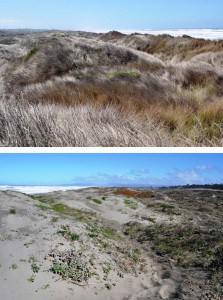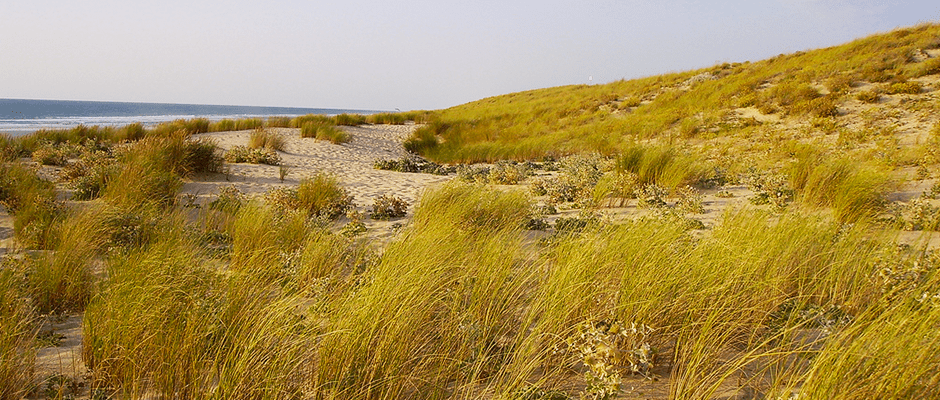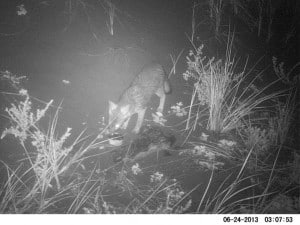Share this article
Invasive Plant Makes Hard Work for Small Predators
An invasive beach dune grass that provides safe harbor for rodents may be making life more difficult for small predators in some Northern California coastal ecosystems.
Previous studies show that European beachgrass (Ammophila arenaria), which was introduced into the area in the 1800s in an effort to stabilize sand dunes around railroad tracks, acts as a safe harbor to rodents as well as swallows up suitable habitat for plover nesting areas.
But Yvan Delgado de la Flor, who worked on the study published recently in Western Wildlife, The Journal of the Western Section of The Wildlife Society, as part of his undergraduate work at Humboldt State University in Northern California, wanted to see whether the beachgrass had secondary effects on the mesopredators in the area.
The researchers used camera traps for an eight-month study near the small town of Manila, Calif. to track how the rodents and the predators that sometimes eat them were using ecosystems. They compared areas taken over by beachgrass with adjacent areas in which the Bureau of Land Management had restored the native vegetation by clearing the invasive grass.
“When there’s no beachgrass, the native vegetation increases over the years,” Delgado de la Flor said.

Two habitats contrasted: the top shows an area infested with invasive European beachgrass, while the bottom image shows a beach area without. Image Credit: Matthew D. Johnson
He found that mesopredators such as the gray fox (Urocyon cinereoargenteus) may have a more difficult time of catching rodents like the North American deermouse (Peromyscus maniculatus), western harvest mouse (Reithrodontomys megalotis), and California vole (Microtus californicus) in the European beachgrass.
This may be because the beachgrass provides the rodents more cover. “Although they may have more food [in the beachgrass], it’s harder for them to catch the prey,” Delgado de la Flor said.
He said this finding is significant because most predators hunt based on how much energy it will take them.
“It’s just hunting success.”
He also said another possibility is that the mesopredators might be using a forest to hide in which is further away from the beachgrass area but closer to the restored habitat. While he doesn’t believe this nearby habitat is affecting the population dynamics overall, the researchers are now testing whether the distance could be affecting the numbers of predators.
Header Image: Image Credit: Jean-Pierre, licensed by cc 2.0









